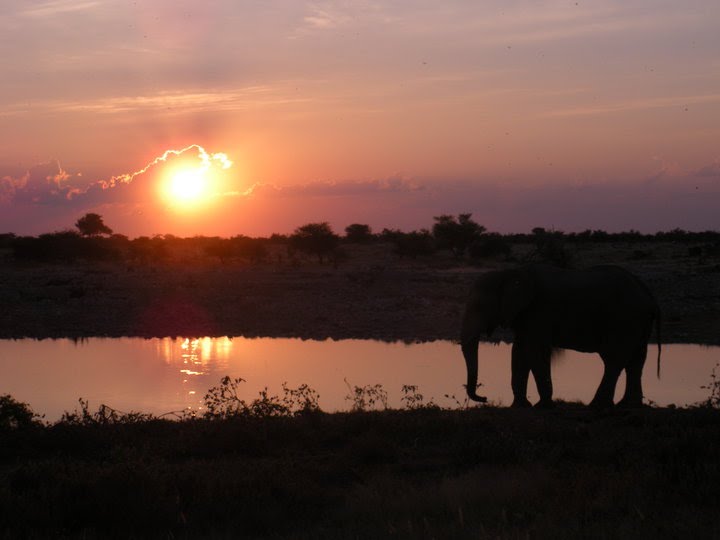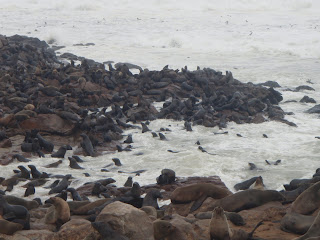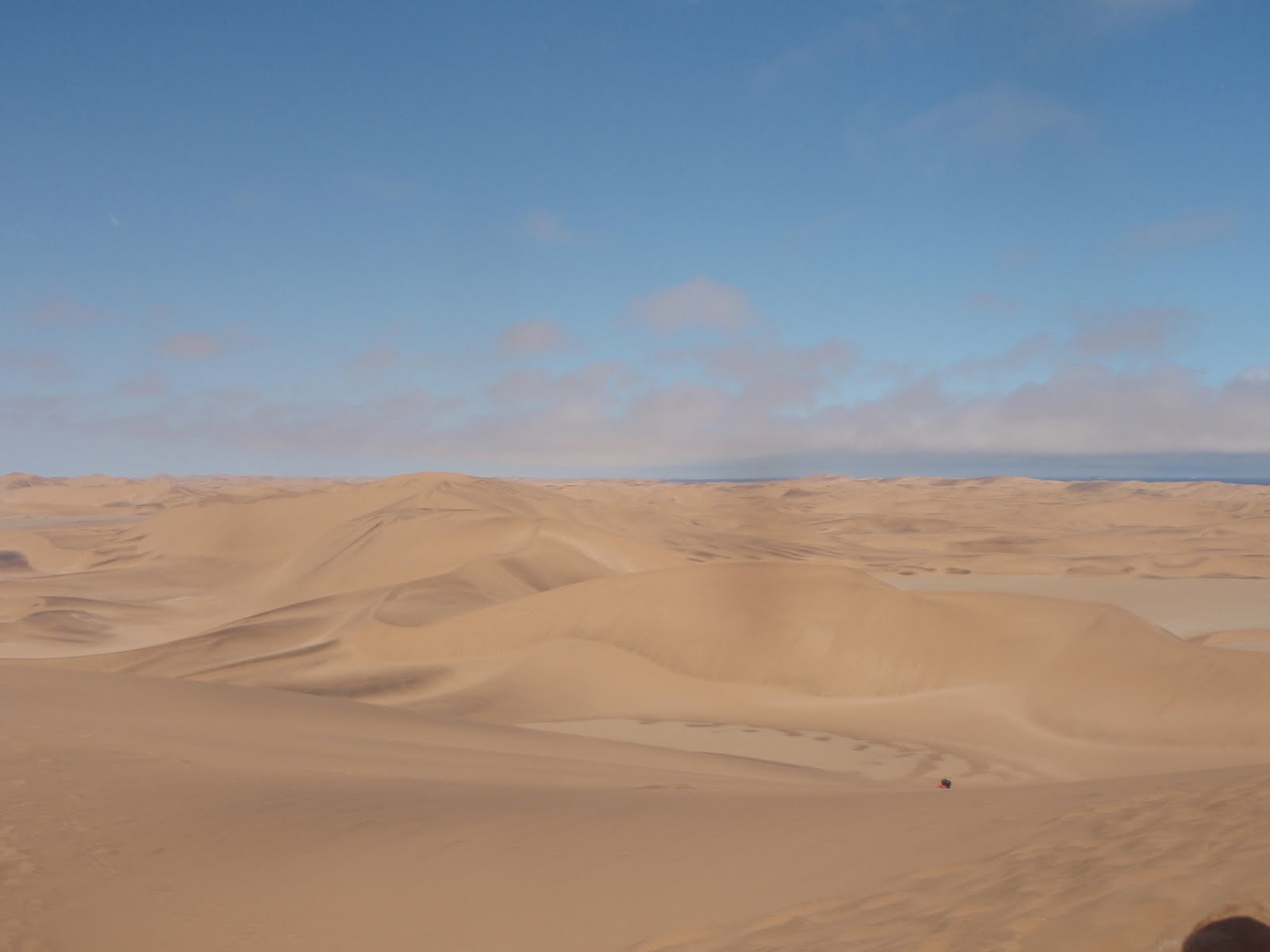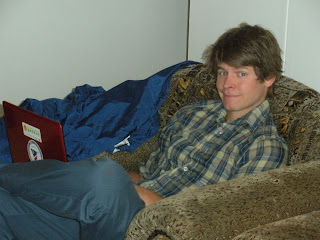Please excuse my French. If you watch TV in Namibia all types of profanity (including saying “jesus” or “God” ) are cut out. But don’t you worry—the youth of Namibia are picking up a few good sayings here and there. As we went to sleep on Sunday night at NaDeet environmental education center, we heard the kids who were in the tent next to us telling each other “Holy shit” and “What the hell”—aw, makes me feel like I’m back home.
But back up a bit—we arrived on Sunday morning at Sossusvlei—these are the largest sand dunes in the world and they are incredible. While I do love the beauty of the Dunes outside of Alamosa—these dunes make those look like a mini-toy version. And to make it even more incredible they have received an incredible amount of rain this year so the pans (which are typically dry water beds) had some water in them (this really only happens like every 25 years), and the base of the dunes were also covered with bright yellow flowers. The colors and landscape are incredible.
Doug and I hiked to the top of the largest dune –which took about an hour—and then we ran all the way down to the famous Deadvlei pan. While we thought the run down would actually be fun, but the sand was SO HOT that we actually had to stop many times and push ourselves down on our bums. The Deadvlei pan actually has some very famous petrified camelthorn trees which are completely eery! Here are some photos.
The view driving in...
OMG it's dry out here!
Water in one of the pans--this is very, very rare.
Running down from the top of one of the dunes--hot feet.
Ancient little forest of petrified camelthorn trees--eery.
After spending the bulk of the day at Sossusvlei, Doug and I drove about 100KM through the NamibRand (this is a collection of private land that is marked for conservation –similar to Nature Conservation efforts in US) and found our way to NaDeet (Namibian Desert Environment Education Trust). NaDeet was located about 11KM off the (already gravel) road. The LONGEST 11KM of our life. We were assured by Viktoria—the Director—that the road was passable by 2WD. I guess we have slightly skewed versions of what is “passable”—we drove through deep sand, huge rock beds and over large sand humps. I was sure we weren’t going to make it and would have to walk the final KM’s to get to the center for help. Finally, arriving at NaDeet at sunset—Doug and I thought we’d have to live here forever. Granted, it was a beautiful place to live forever—we realized that no other cars at the center were 2WD. Note to others who go to NaDeet—don’t attempt with 2WD.
We spent the next two days at NaDeet with a group of students from Windhoek.
NaDeet was created in 1998 by an American (who has since married and become a Namibian) to teach kids about sustainable living practices.
Check out their website at
http://www.nadeet.org/.
This place is amazing. Kids are never turned away b/c of their ability to pay-and basically for less than $100 American dollars they come to “camp” for six days to learn about climate change, air pollution, deforestation, biodiversity, etc. Kids monitor their water and electricity consumption and the entire place is solar powered. They take bucket showers, use composting toilets and sleep in recycled A-frame tent-houses. In addition to learning, the kids and the staff cook with solar cookers, energy efficient stoves and solar ovens. They prepare all meals with these tools. They go on dune walks, learn about local plant and animal life and just have a whole lot of fun. Doug is hoping that he and NaDeet can work together in the future so that when the kids return to their towns there are actually places where they can purchase the technologies they learned about at camp.
NaDeet Base Camp--can't figure out how to rotate this photo
View at sunset from the base camp
Students from Windhoek learning about solar cooking--they are in grade 6 so about 12 years old.
Karly--Peace Corps volunteer here teaching kids about how the solar panels provide energy/electricity to the learning center.
We left on Tuesday morning and drove the harrowing 11KM back out—Doug seemed to think the road was easier on the way out. I was not convinced. I said many prayers to the little baby Jesus and I think that did the trick. We arrived back to Windhoek on Tuesday evening—and committed that the next time we visited the Dunes and NaDeet we will opt for a car with more clearance.
May Budget Rent a Car feel lucky this made it back in one piece.













































